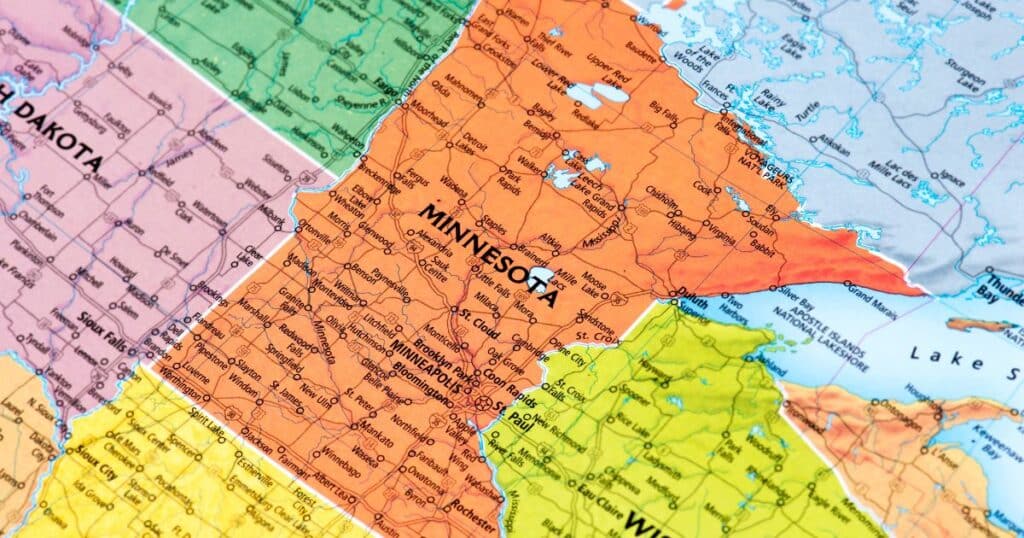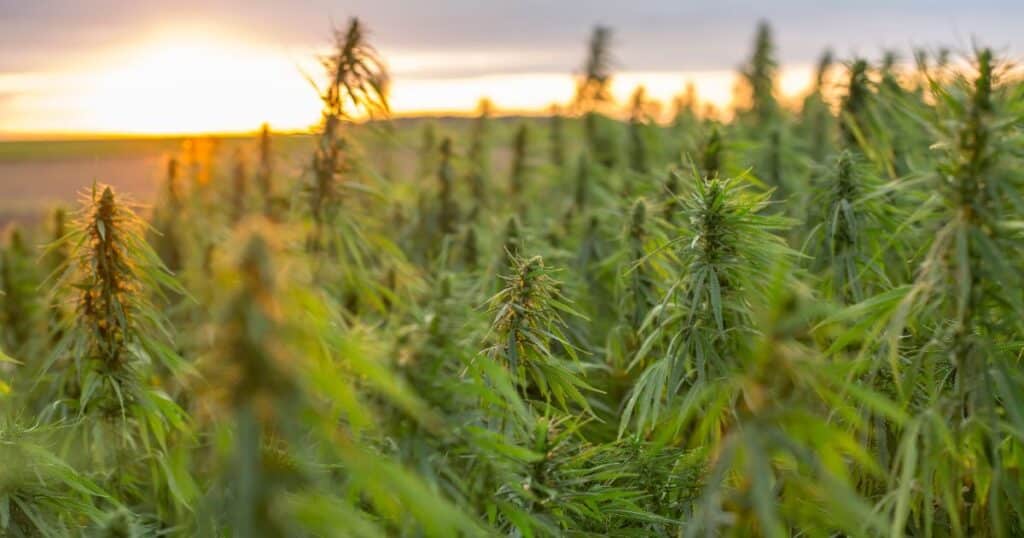Hempcrete construction is making headlines in Minnesota as the Lower Sioux Indian Community takes a big step toward sustainable and eco-friendly housing solutions. This forward-thinking tribe is pioneering the use of hempcrete, a bio-composite material made from the woody core of the hemp plant, to build a vertically integrated campus for manufacturing homes.
Not only will this project provide much-needed housing for tribal members, but it also has the potential to revolutionize the construction industry by showcasing the benefits of hemp as an industrial crop. Let’s take a closer look at this exciting development in sustainable housing. So why did the Lower Sioux Indian Community choose hempcrete as their material of choice?

Hempcrete is a relatively new building material that is gaining attention for its eco-friendly and sustainable properties. It is made from a mixture of hemp shivs (the woody core of the hemp plant), lime, and water. This results in a strong, lightweight, and breathable material that can be used for insulation, walls, and even roofing.
Compared to traditional building materials such as concrete and wood, hempcrete has a much lower carbon footprint. The production of hempcrete requires significantly less energy and emits fewer greenhouse gases. In addition, its high thermal resistance means that it can reduce heating and cooling costs for homeowners.
Hempcrete is also biodegradable and non-toxic, making it a healthier option for both the inhabitants of the home and the environment. As a renewable resource, hemp is also more sustainable than traditional building materials that rely on finite resources.
Not only does hempcrete have numerous environmental benefits, but it also offers structural advantages such as increased fire resistance and improved indoor air quality. It’s clear why this innovative material is gaining popularity in the construction industry. But how will it make a difference for the Lower Sioux Indian Community?
The Housing Crisis on the Lower Sioux Indian Reservation
The Lower Sioux Indian Reservation faces housing shortage on their lands, According to recent federal data and reported by Sahan Journal, there is a shortage of 200 houses on the reservation. Which is why they created The Lower Sioux Hemp Program, aiming to address housing needs and create job opportunities for the community.
Because hemp plants are similar to marijuana, some community members were skeptical about using hemp to build houses, said Earl Pendleton, vice president of the Lower Sioux Indian Community’s tribal council. Some critics were also doubtful about overcoming the challenges to establishing a hempcrete program.
Pendleton said he changed critics’ minds after building a storage shed with hempcrete.
“Everybody’s mind was blown–even mine, you know,” Danny Desjarlais said. “I had no idea what this stuff was gonna be like, and then once you actually work with it, it’s amazing.”
“There were some funny reactions,” he said. “People thought you could smoke the house, and people thought you get high off of it, and some people were skeptical of how it will look,” he said.
Pendleton said that approximately 15 years ago he discovered an article about “25,000 uses” for the hemp plant. He said the benefits of hemp plants seemed “unbelievable” to him, so he dove deeper into learning more, which eventually led him to the idea of building houses with hempcrete.
Vertically Integrated Campus
The vertically integrated campus will be located on the Lower Sioux Indian Reservation in southwestern Minnesota. The site will span over 20,000 sq ft, the first of its kind to grow hemp, produce hempcrete, and build homes.
Joey Goodthunder, hemp coordinator for the tribe, is in charge of farming, harvesting, and processing the hemp plants. About 80 acres of hemp are grown on tribal land and farm fields scattered across neighboring land.
“I mean, talk about being able to see where your products go, from field to house—that’s really rewarding to me,” he said.
Goodthunder said it usually takes about 90 days from planting hemp seeds to harvesting mature plants.
Once harvested, the hemps hurd and fibers are separated, and then brought to a processing facility to finishing the hempcrete process adding limestone and water, preparing it to utilize in different techniques to install, such as spraying it or installing it as pre-dried blocks into traditional wood framing for a house.
They’ve so far built two family homes, which they hope to move in sometime this month.
“This is just scraping the surface. We have all the potential in the world to rebuild this entire community out of hempcrete, not only in new structures, but retrofit any existing structures that may have been poorly built or built with cheap materials,” said Danny Desjarlais. “Over the next five years, that’s what we plan on doing, is building as much hempcrete as we can, and getting some nice healthy homes for our community members to live in.”
Overall, the Lower Sioux Indian Community’s vertically integrated campus for hempcrete production is a groundbreaking initiative that not only addresses their housing crisis but also promotes sustainability and creates job opportunities for tribal members. From growing the hemp plants to processing them into hempcrete blocks, and finally constructing homes, this process showcases the tribe’s dedication to utilizing innovative solutions for their community’s needs.
As they continue to build and retrofit structures with hempcrete, it is hoped that their success will inspire other communities to follow suit and make a positive impact on the environment while addressing housing shortages. The completion of the facility in April marks an important milestone for the Lower Sioux Indian Community and sets a precedent for future sustainable building practices.
Keep updated on all the latest news and updates in the Cannabis industry here at Beard Bros Pharms by signing up for our Friday Sesh Newsletter here. Always Dank and Never Spam!

















